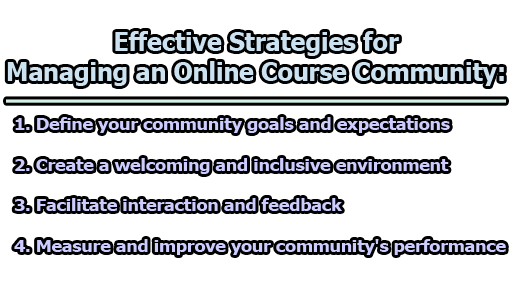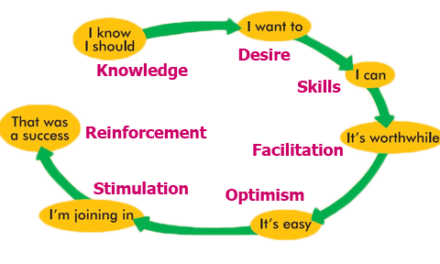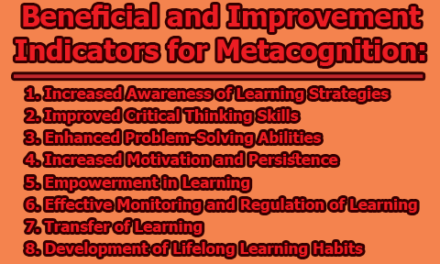Effective Strategies for Managing an Online Course Community:
Online courses have gained immense popularity, offering learners a flexible and convenient way to acquire new skills. However, without a sense of community, these courses can sometimes feel isolating and challenging. An effectively managed online course community can greatly enhance the learning experience, increase engagement and retention, and foster meaningful connections among learners. In this article, we will explore some of the most effective strategies for managing an online course community.
1. Define your community goals and expectations: Before launching your online course community, it is imperative to have a clear vision of what you want to achieve and how you plan to interact with your learners. Establishing a foundation for your community is crucial:
- Learning Outcomes: Determine the main learning objectives and outcomes of your course. This will guide the content and discussions within the community.
- Interaction Guidelines: Define how you want your learners to interact with you and with each other. Establish rules and guidelines for participation and behavior.
- Recognition: Create a system for rewarding and recognizing your learners’ achievements, which can motivate them to actively participate in the community.
Defining these goals and expectations helps you create a consistent strategy that aligns with your course content and design.
2. Create a welcoming and inclusive environment: Your online course community should serve as a safe and supportive space where learners feel comfortable, valued, and eager to participate. To achieve this:
- Introduction: Begin by introducing yourself and your course, providing a personal touch to the online learning experience.
- Learner Engagement: Invite your learners to introduce themselves, share their goals, and express their interests. Acknowledge and celebrate diversity and differences, creating an inclusive atmosphere.
- Conflict Resolution: Address and resolve conflicts and issues promptly to maintain a positive community environment.
- Regular Feedback: Provide regular and positive feedback and encouragement to keep learners motivated and engaged.
Utilize various tools and platforms, such as forums, chat rooms, video calls, social media, or email, to facilitate connection and trust among your learners.
3. Facilitate interaction and feedback: The core benefit of an online course community is enabling learners to interact with both you, the instructor, and their peers. Encourage and facilitate these interactions by:
- Engaging Activities: Design activities and discussions that are engaging and relevant to the course content.
- Questioning: Ask open-ended and thought-provoking questions to encourage critical thinking and provoke discussion.
- Constructive Feedback: Provide constructive and timely feedback on assignments and contributions, highlighting strengths and areas for improvement.
- Peer Support: Encourage peer-to-peer feedback and support, fostering a collaborative learning environment.
- Moderation: Maintain a positive and stimulating conversation by moderating discussions and steering them in a productive direction.
Consider implementing gamification techniques like badges, points, leaderboards, or challenges to motivate and reward learners’ participation and contributions.
4. Measure and improve your community’s performance: To ensure that your online course community remains effective and successful, it’s essential to regularly assess and improve its performance. Employ the following strategies:
- Metrics and Indicators: Use various metrics and indicators such as enrollment, completion, retention, satisfaction, engagement, interaction, feedback, learning outcomes, and community health to evaluate your community’s effectiveness.
- Feedback Collection: Utilize surveys, polls, interviews, or focus groups to gather qualitative feedback from your learners, identifying their needs, preferences, challenges, and suggestions.
Based on the data and feedback collected, make necessary adjustments and improvements to your community strategy, content, design, or tools. Continuous improvement is key to maintaining a thriving online course community.
In conclusion, managing an online course community effectively can significantly enhance the overall learning experience, increase engagement, and foster a sense of belonging among learners. By setting clear goals and expectations, creating a welcoming and inclusive environment, facilitating interaction and feedback, and continuously measuring and improving your community’s performance, you can provide a valuable and enriching online learning experience for your students. Harnessing the power of AI and the insights of the LinkedIn community can help you take your online course community to the next level, ensuring both your learners and you as an instructor reap the full benefits of the online learning environment.

Assistant Teacher at Zinzira Pir Mohammad Pilot School and College










